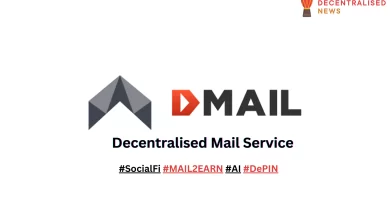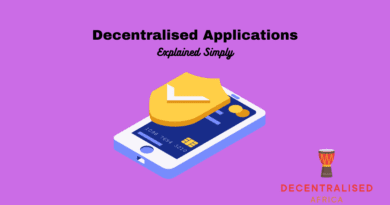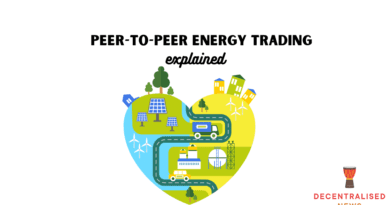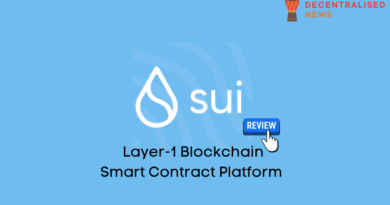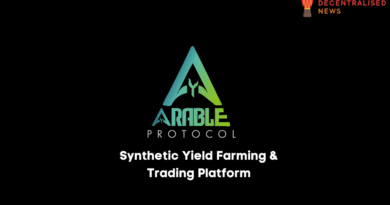Top 5 Cryptos in Real World Asset Tokenization
Asset tokenization is revolutionizing how investments are managed, particularly for traded and non-traded assets. Leveraging blockchain technology, this process allows for easier access to liquidity, even for traditionally illiquid assets, while opening up previously inaccessible investment opportunities to smaller investors. In essence, tokenization converts the rights to an asset into a digital token on a blockchain, representing anything from stocks and bonds to real estate. This digital transformation encompasses various forms of tokens and extends to a myriad of applications including lawful possession and transfers, regulatory compliance, and creating new avenues for investment products.
The Essence of Asset Tokenization
A Digital Representation
Tokenization involves translating real-world assets into a digital medium. A token on the blockchain can embody anything of value: stocks, bonds, options, real estate, patents, or even an identity for an Internet of Things (IoT) device.
Security and Transparency
A tokenized asset is a digital representation of value secured by cryptography, making it a graphically secured representation that can be stored and transferred within a distributed ledger. This process enhances the security and transparency of ownership throughout an asset’s lifecycle.
Asset-backed Tokenization
Real-world assets are represented by digital tokens through asset-backed tokenization. The classification of what qualifies as a crypto asset influences how it is treated from regulatory and operational perspectives. Tokenizing an asset with blockchain technology necessitates a framework that considers technological, contractual, and regulatory aspects.
Legal Aspects
Tokenization also comes with legal considerations. The lawful possession and transfer of a particular blockchain-based token are treated as a symbol of the holder’s legal rights or economic interests in the asset. This allows for transparency and security throughout the ownership and custody chain. Importantly, provided there are no regulatory or legal status changes, the tokenization process should not affect the underlying asset’s status.
Investment Opportunities
Asset tokenization fosters new investment products and revenue sources by directly connecting to end investors. Various types of tokens such as exchange tokens, security tokens, and asset tokens serve different purposes, each of which will be explored in greater detail later.

Examples of Tokenized Assets
Real-world assets that can be tokenized are extensive and include:
- Commodities like gold, diamonds, and oil
- Equity through Security Tokens
- Intellectual Property assets with cash flows
- Currencies via collateralized stablecoin
- Debt collateralized by Payables and Receivables
- Real Estate with Rental Income (REIT)
The tokenization of real-world assets is a profound shift in the way we handle and interact with value. From opening new investment avenues to enhancing security, transparency, and regulatory compliance, tokenization is paving the way for a more accessible and efficient financial landscape.
Now, let’s explore five prominent real-world asset cryptos that are pioneering this innovative landscape.
1. $MKR Token: A Multifaceted Utility in the Maker Protocol
Maker (MKR) is a decentralized autonomous organization (DAO) running on the Ethereum blockchain. The MKR token, as an ERC20 token, holds various functionalities within the Maker Protocol, playing vital roles in stability, governance, and recapitalization.
Utility Token
MKR can be used to auction DAI surplus for MKR, which is subsequently burned, contributing to the stability of the Maker Protocol’s native stablecoin, DAI.
Governance Token
MKR holders possess voting power, allowing them to actively influence the risk management and business logic of the Maker Protocol.
Recapitalization Resource
MKR can be minted autonomously and sold for DAI to recapitalize the Maker Protocol during times of insolvency.
2. $CFG Token: On-chain Governance in the Centrifuge Chain
Centrifuge empowers decentralization and democracy through its native token, $CFG. This token functions as an essential tool for the management and security of the Centrifuge ecosystem.
Governance
CFG holders can actively participate in decision-making processes, enhancing the democratic ethos of the network.
Utility Value
The increasing utility of Centrifuge leads to the growth of CFG’s value, as it is essential for transaction fees and network governance.
Security
CFG Network Rewards promote decentralization and encourage agents to perform crucial network functions, strengthening the network’s security.
3. $MPL Token: Maple Finance’s Governance and Incentive Structure
Maple Finance is a blockchain-powered institutional capital marketplace that utilizes its MPL token for governance and various incentives.
Protocol Governance
MPL enables governance participation in decisions regarding the platform’s future.
Providing Pool Cover
MPL is used to stake insurance for liquidity pools, enhancing platform security.
Incentive Structure
MPL serves as a means to share network fees and encourages active participation through various incentives, including buybacks and interest rebates.
4. $GFI Token: Goldfinch’s Decentralized Credit Protocol
Goldfinch aims to redefine credit by enabling cryptocurrency loans without crypto collateral through its native tokens, GFI and FIDU.
GFI: Governance and Growth
GFI is used for governance voting, staking, community grants, and depositing into a Member Vault, promoting the protocol’s growth and accessibility. You can trade GFI tokens on MEXC, Coinbase, Uniswap, Gateio, etc.
FIDU: Liquidity Provision
FIDU represents deposits in the Senior Pool, allowing liquidity providers to earn interest and redeem USDC through the Goldfinch decentralized application (dapp).
5. $SNX Token: Synthetix’s Ecosystem for Synthetic Assets
Synthetix facilitates the creation and trading of synthetic assets on the Ethereum blockchain. The native token, SNX, plays a crucial role in collateralizing and stabilizing these assets. You can trade SNX on platforms such as KuCoin, Binance, Bitstamp, Kraken, etc.
Collateralization
SNX acts as collateral to mint various synthetic assets (Synths), enabling seamless conversion between different kinds of Synths.
Rewards and Incentives
Staking SNX yields rewards in proportion to the fees generated by the system, linking SNX’s value to the network’s usage.
Expanding Use Cases
Synthetix supports a broad range of applications, from trading and loans to payments and remittances, enhancing the ecosystem’s reach and functionality.
Conclusion
These top five real-world asset cryptos showcase the diverse applications and innovations in the field of asset tokenization. From governance and utility functions to decentralized credit protocols and synthetic assets creation, these platforms offer unique solutions that are shaping the future of the financial landscape. The accessibility, security, and democratic principles embodied in these tokens mark a paradigm shift in how we interact with and perceive value in the modern world. Whether for individual investors, financial institutions, or decentralized networks, real-world asset tokenization opens new doors to efficiency, inclusivity, and growth.


